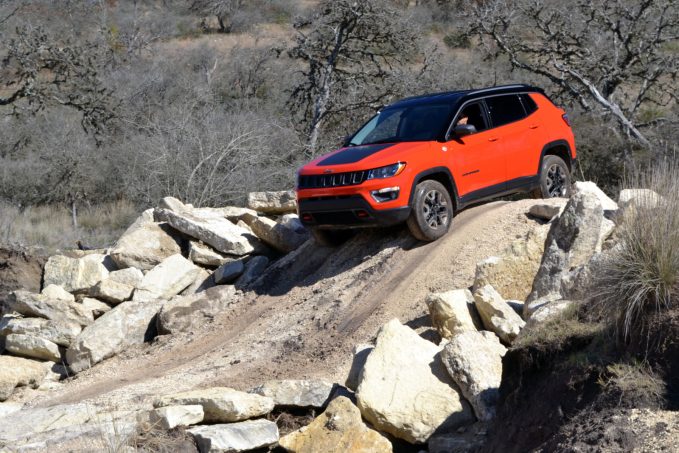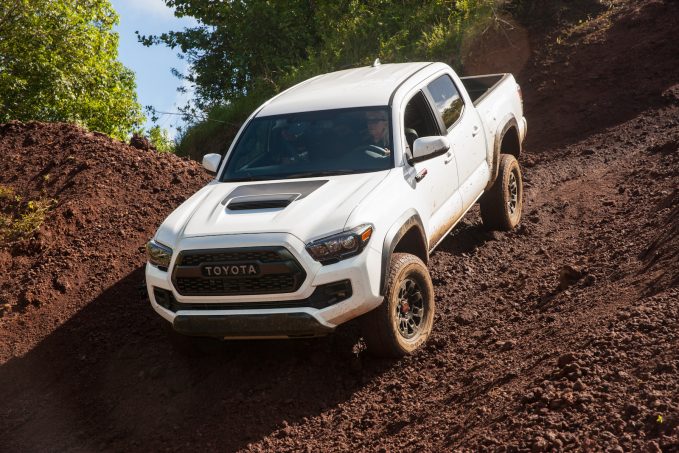Of all the modern driver assistance systems out there, none is more self-explanatory than hill descent control.
The very name puts in layman’s terms exactly what it does — controls the speed at which a vehicle descends a hill. Originally developed for off-road applications, these systems are flourishing fast, finding their way into all kinds of mainstream crossovers and even some cars. But do you actually need hill descent control? And should you pay extra to have it?
How it Works
The history of hill descent control isn’t a long one, but it’s one that wouldn’t exist at all without modern anti-lock braking systems (ABS). That’s because hill descent control actually piggybacks onto ABS, utilizing the same network of wheel sensors and control modules to apply adequate braking force as it’s required. And while anti-lock braking systems reduce brake pressure most often in response to driver input, hill descent control exists to reduce driver input altogether.
ALSO SEE: What is Torque Vectoring?
In low-traction situations like the ones encountered on the trail, slow and smooth trips are key for the sanctity and safety of both a vehicle and its occupants. When engaged hill descent control provides just that, automatically applying the brakes to maintain a pre-set speed as the vehicle works its way downhill. In order to maintain traction, the brakes are applied individually and in short bursts, preventing them from locking up.
How it’s Used
Offered by most automakers, hill descent control can be activated below a predetermined speed, usually at the touch of a button or the flick of a switch. When approaching a steep grade of loose sand or gravel, for example, engaging such a system means the driver no longer needs to modulate the brakes or worry about which gear is selected, focusing instead on steering the vehicle in the right direction. Some systems allow the driver to accelerate or decelerate the vehicle using the buttons or turning a knob, but nothing more than steering input is required otherwise.
Think of it in similar terms to the low-range gearing in a typical four-wheel drive system. A numerically higher gear ratio means fewer rotations of the wheel compared to how many times the input shaft spins; this lower speed provides more control when traversing challenging terrains. Likewise, using the brakes to slow the speed at which the wheels are turning when descending a hill provides control when it’s needed most.
Is it Necessary?
Most automakers include hill descent control as part of their four-wheel drive and traction management systems, meaning you’re probably not going to pay extra for it. The Kia Sportage, for example, comes fitted with such a system as standard fare, as does Jaguar XE, however bizarrely. The Toyota Tacoma pickup, however, doesn’t include it as standard equipment, with hill descent control only included on the upgraded TRD Off-Road and TRD Pro models.
ALSO SEE: 2018 Honda Accord Kills the V6, Adds Type R Engine
But will you use it? In truth, probably not — or at least not unless you plan to take your truck, car or crossover to the trail. On the flip side, it’s not doing any harm when not in use, and is definitely worth its salt should a slippery situation arise.










